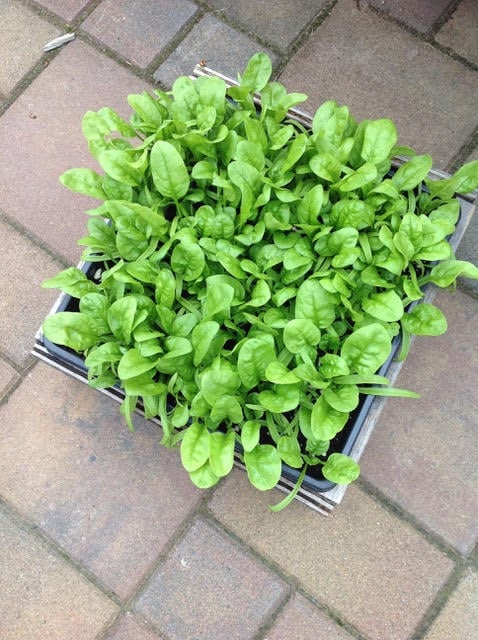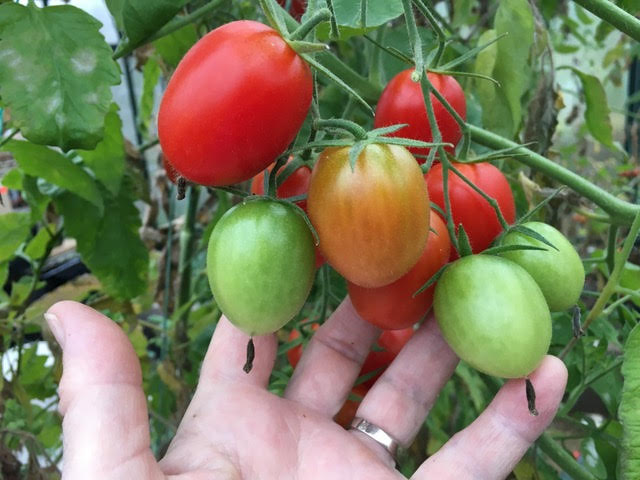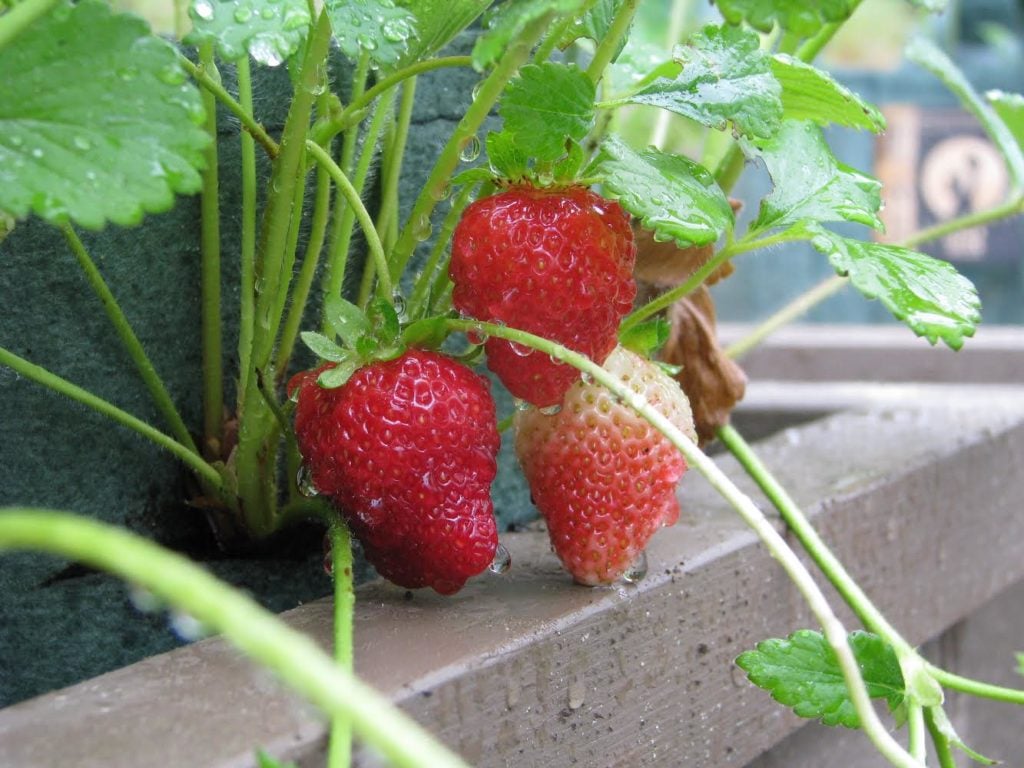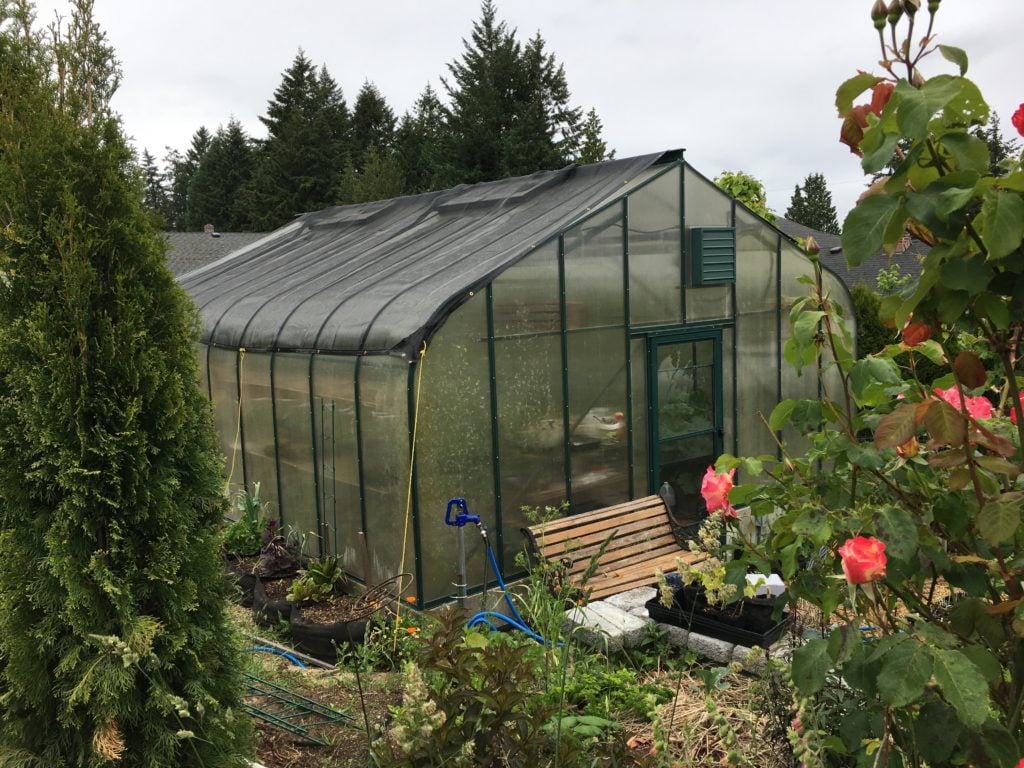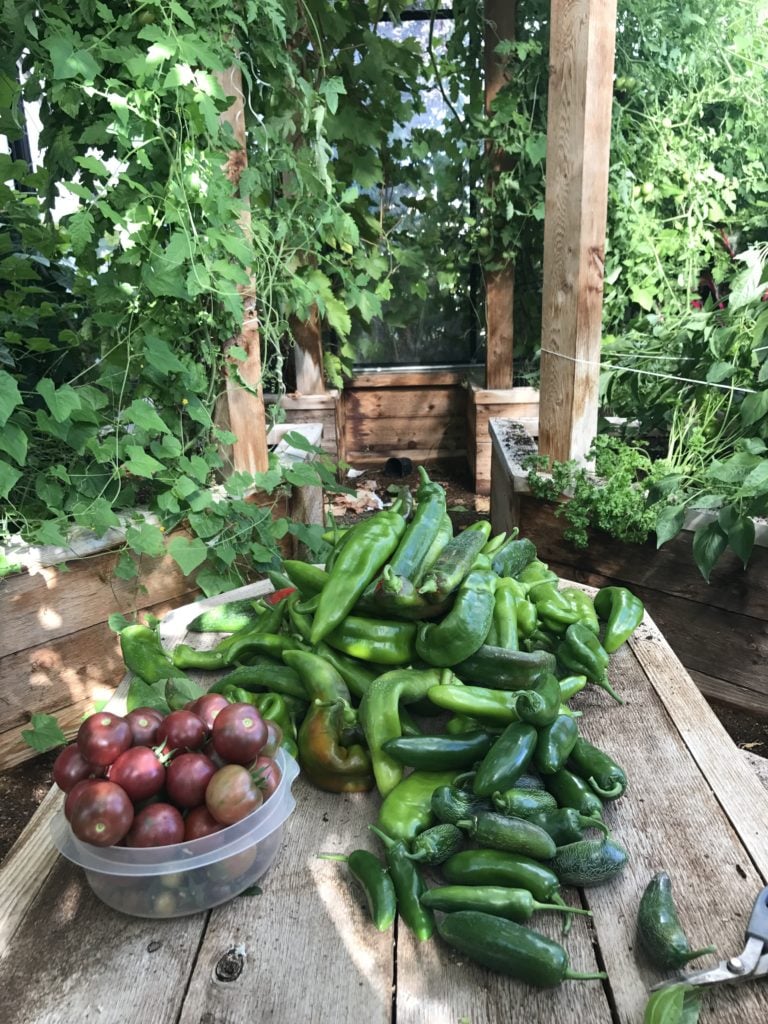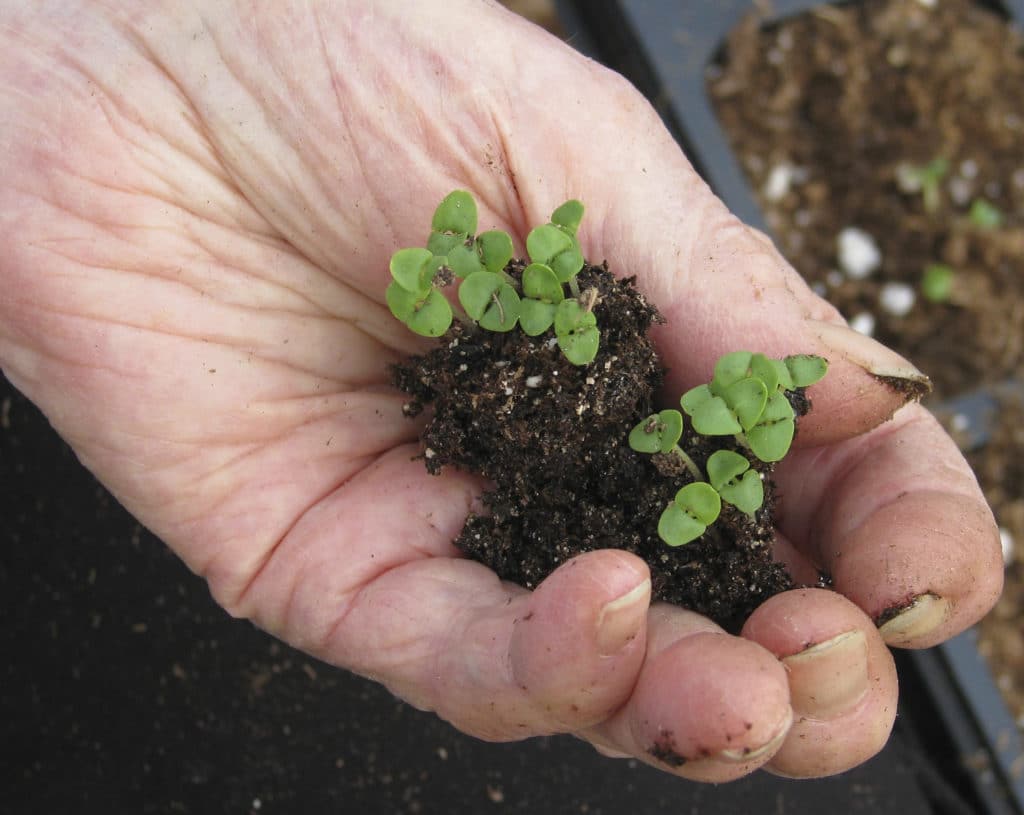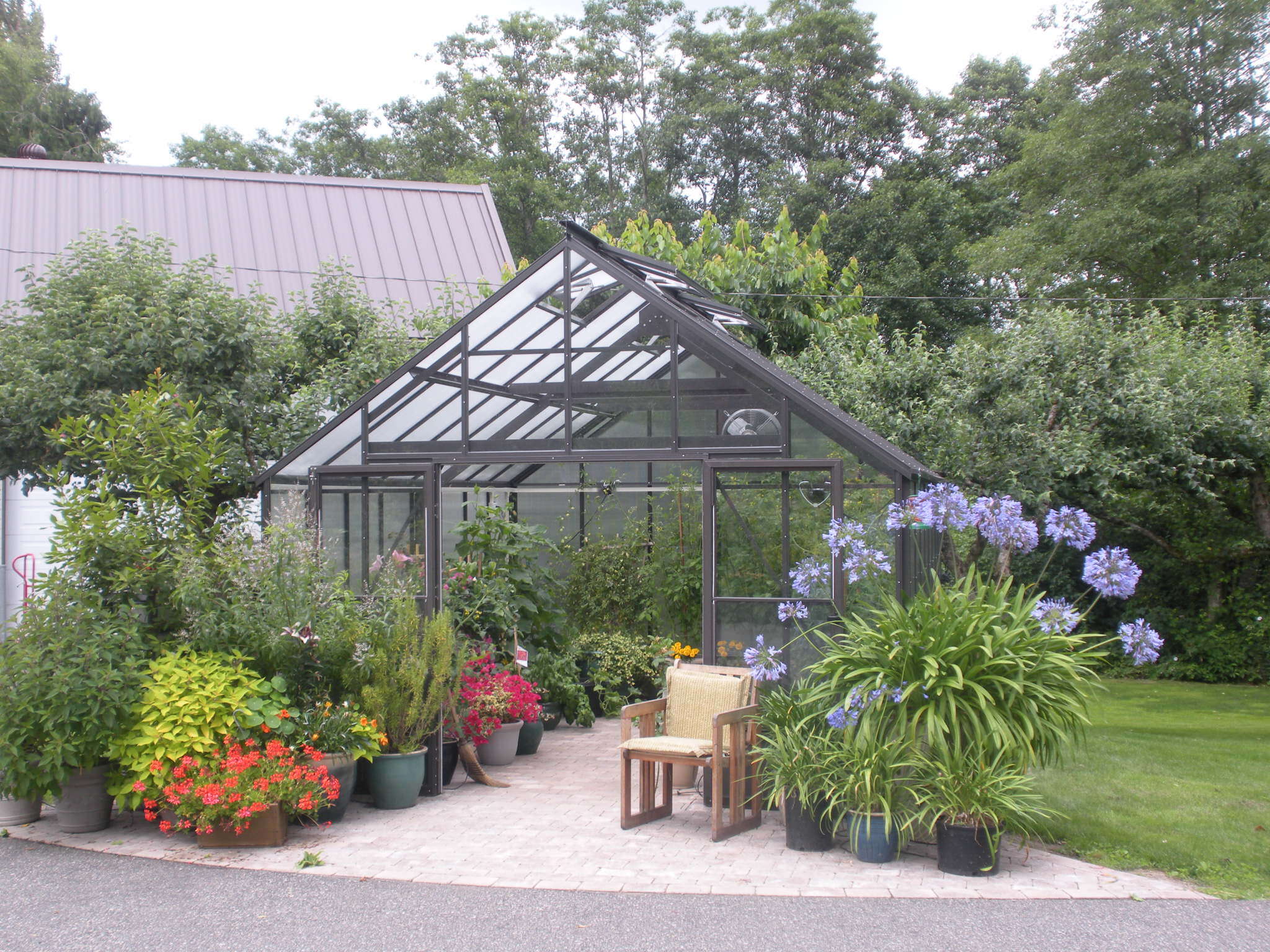What Are the Tips for Ordering Seeds and Supplies? Hobby Greenhouse Growing
Quick Answer:
What are the tips for ordering seeds and supplies for hobby greenhouse growing? To succeed in hobby greenhouse gardening, it’s crucial to read seed catalog fine print carefully—choosing parthenocarpic varieties for cucumbers and zucchinis that don’t require pollination, selecting heat-tolerant and slow-bolting plant varieties, and using foliar fertilizers for cold soils. Understanding pollination needs, temperature tolerance, and plant growth habits ensures better yields and healthier crops year-round. Starting seeds indoors, like onions in January, and adapting to your greenhouse environment helps optimize growth and harvest success.
Before You Order Seeds for Your Hobby Greenhouse, Read the Fine Print
When I started growing in my Greenhouse Garden a few of my favourite plants stopped working for me. That's what I learned to read the catalog fine print and adapt my shopping for a better hobby greenhouse growing.

